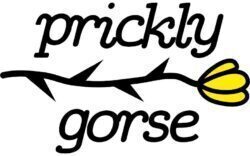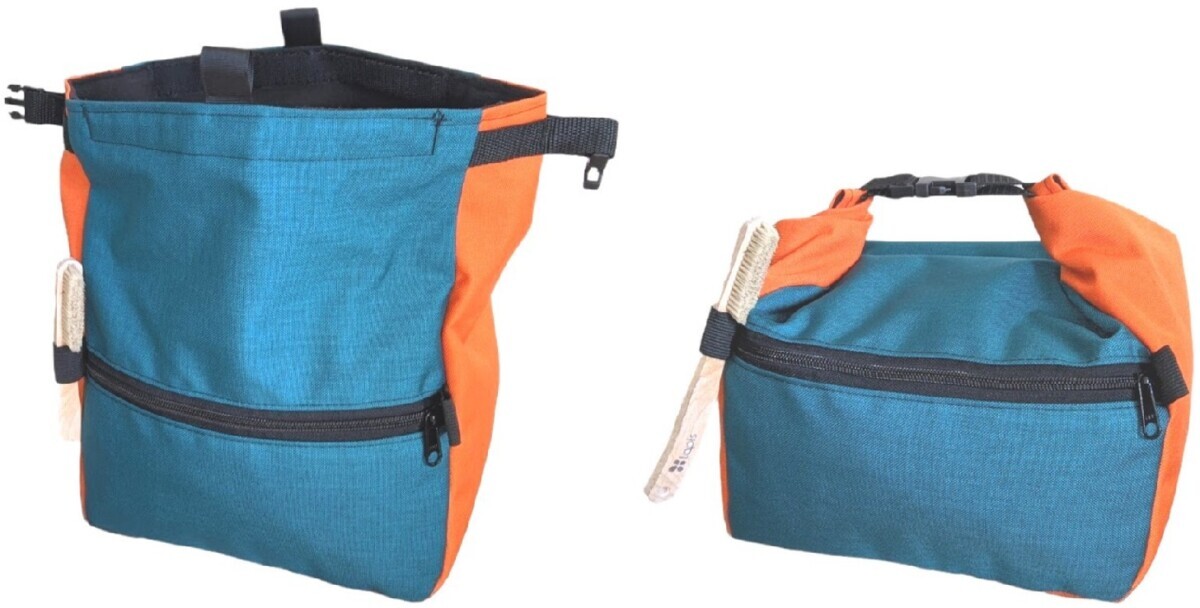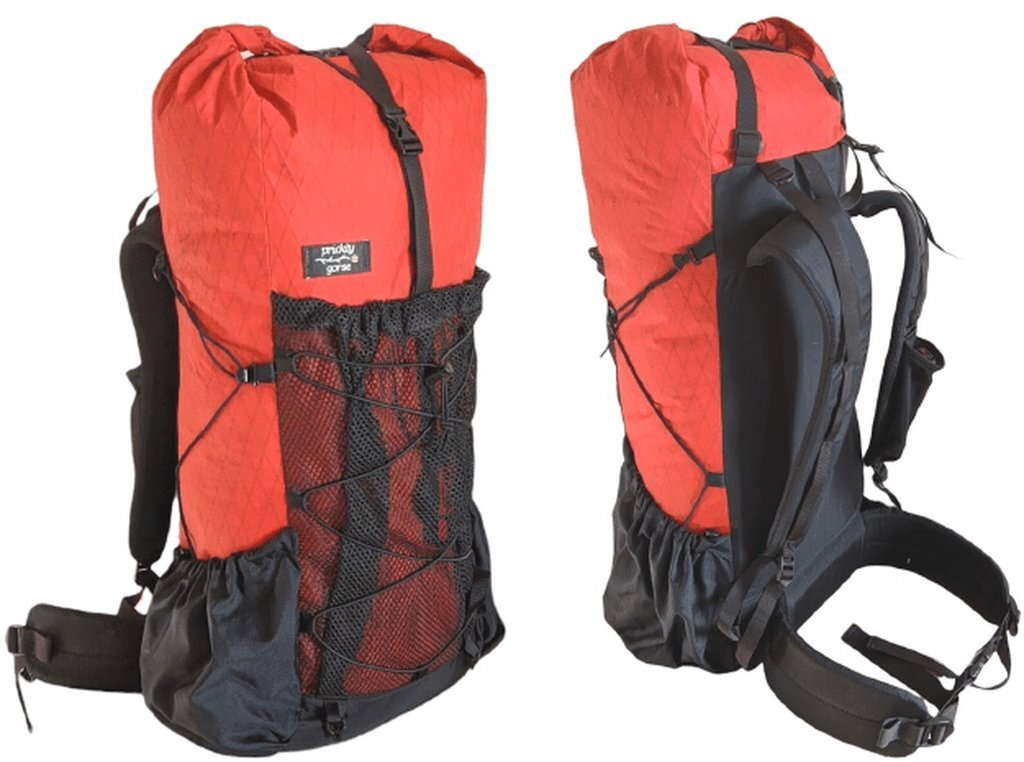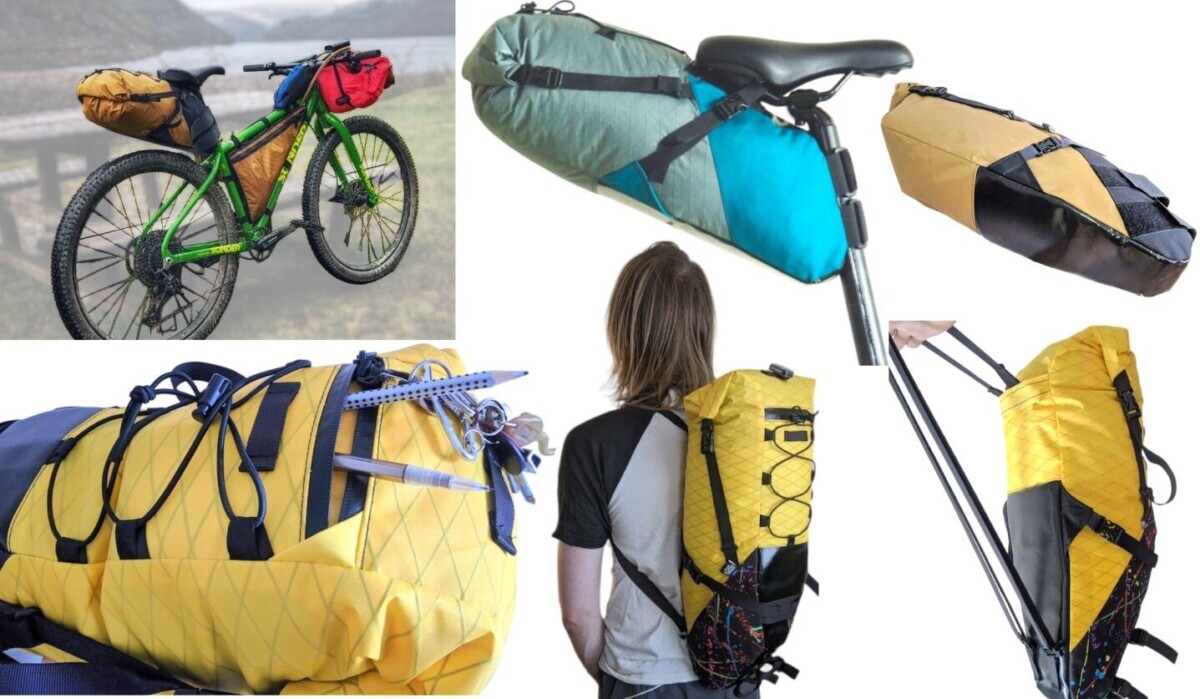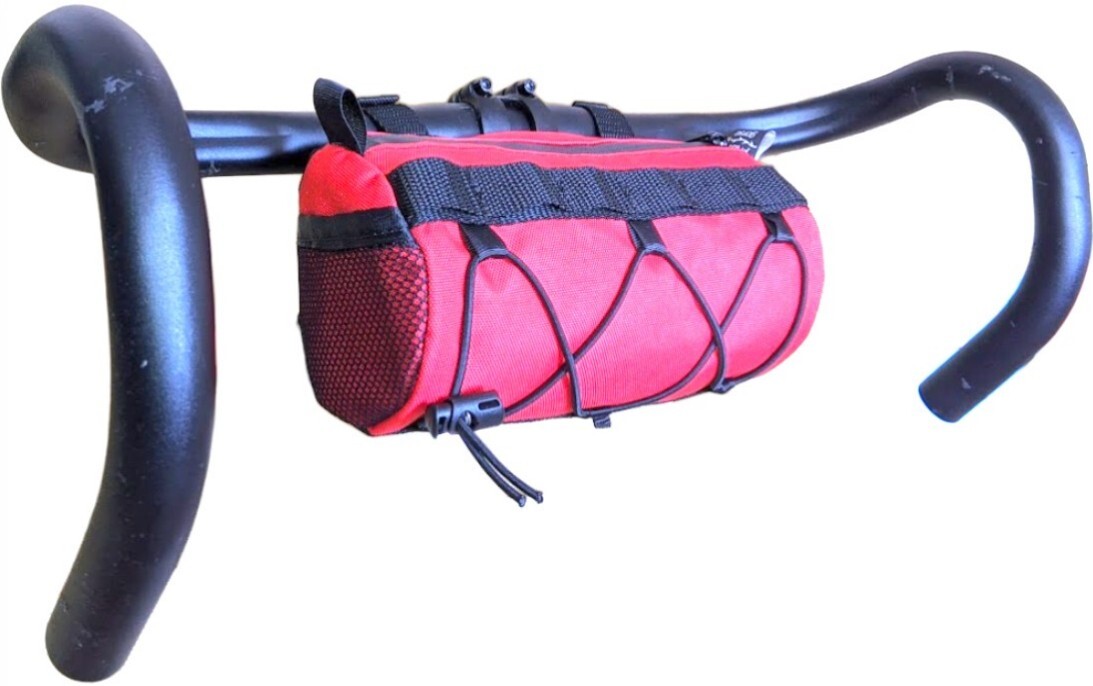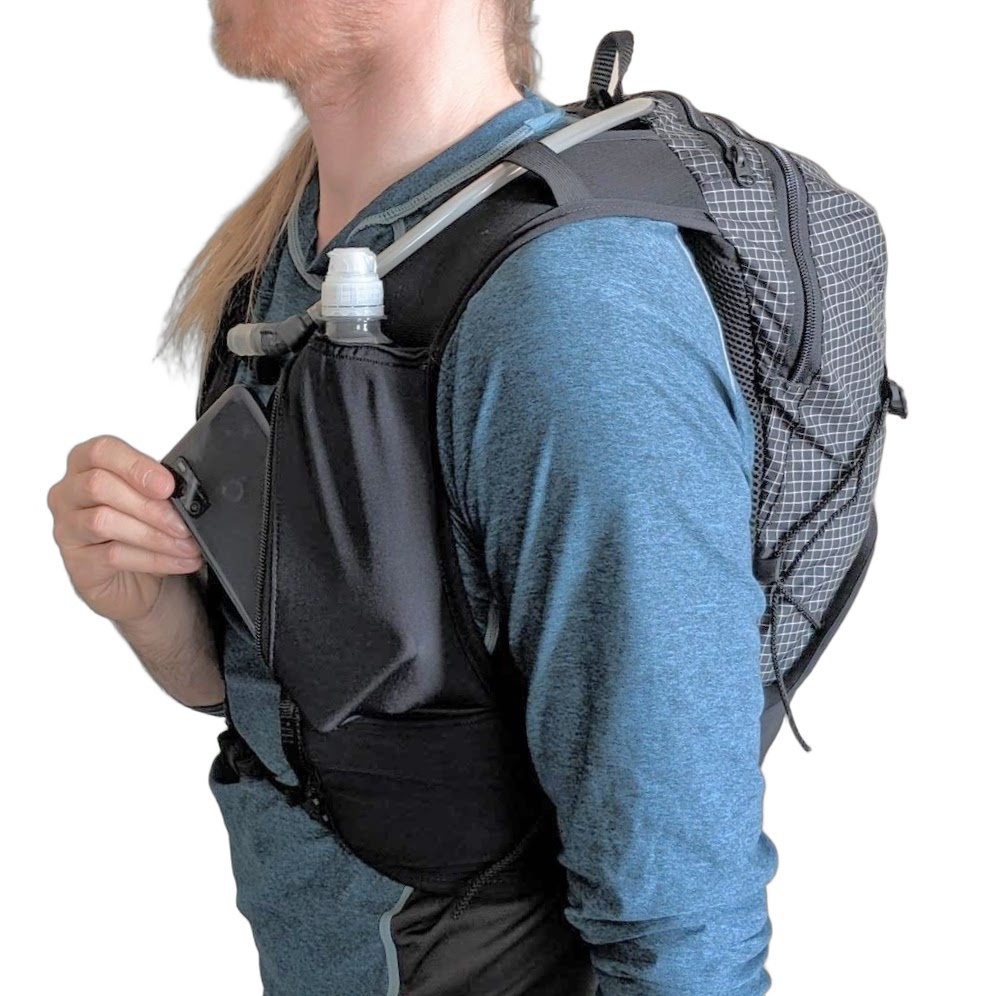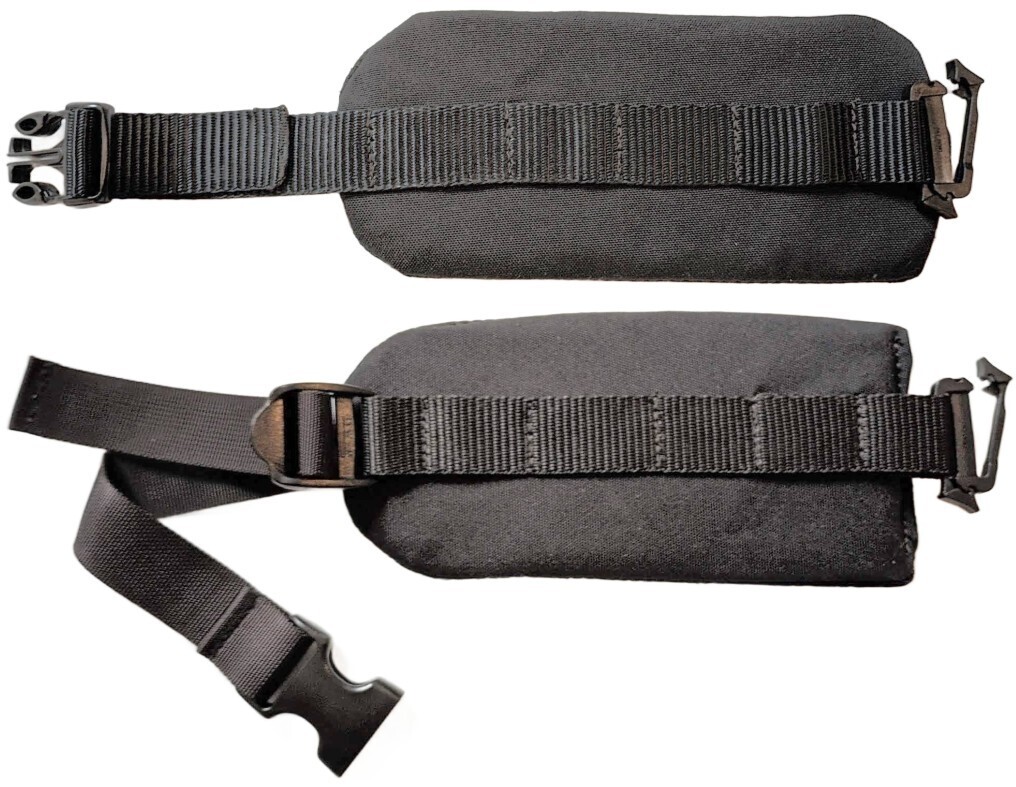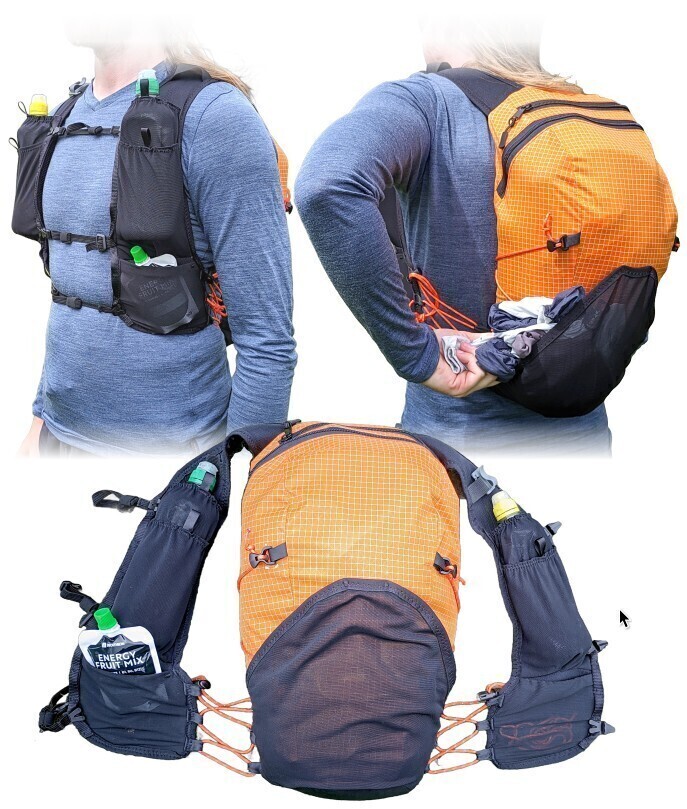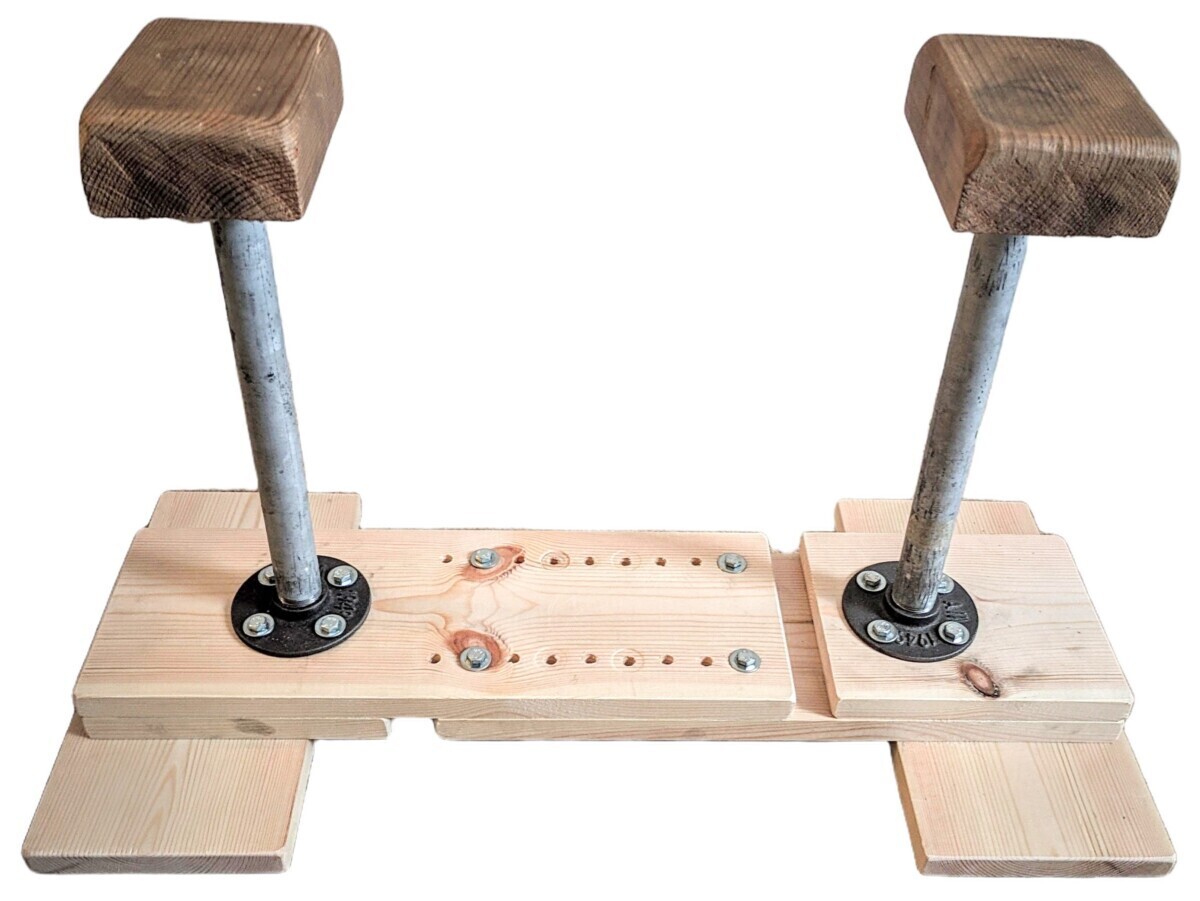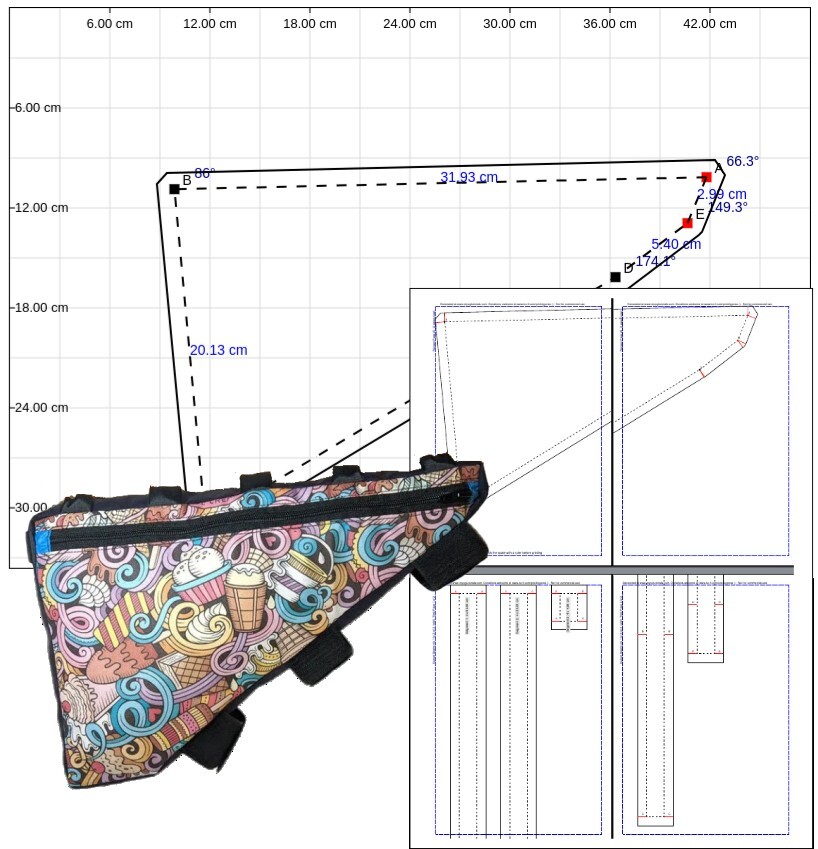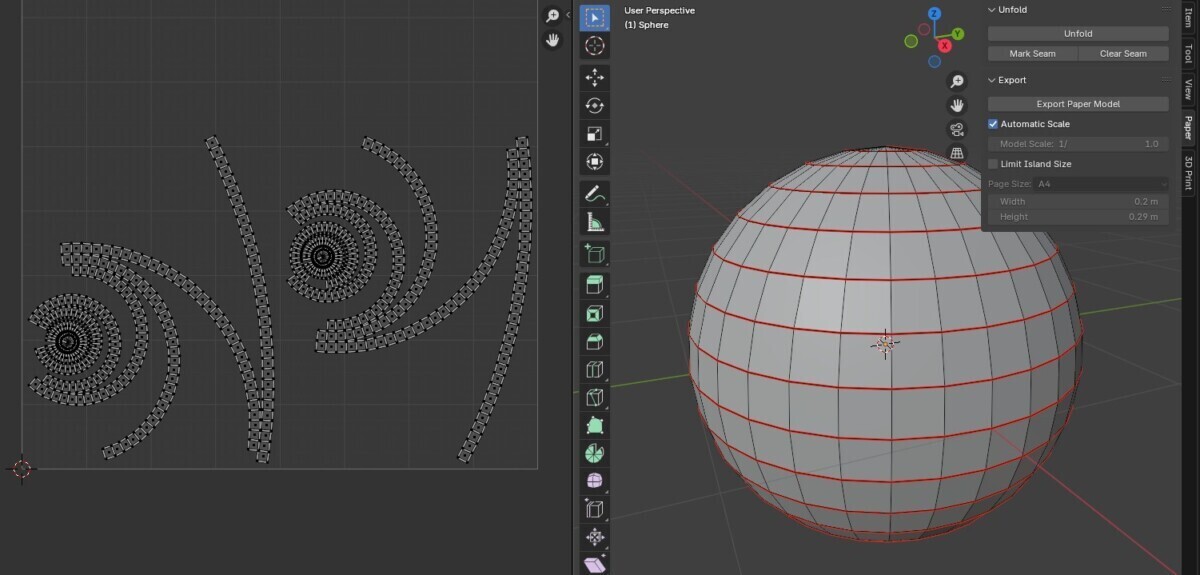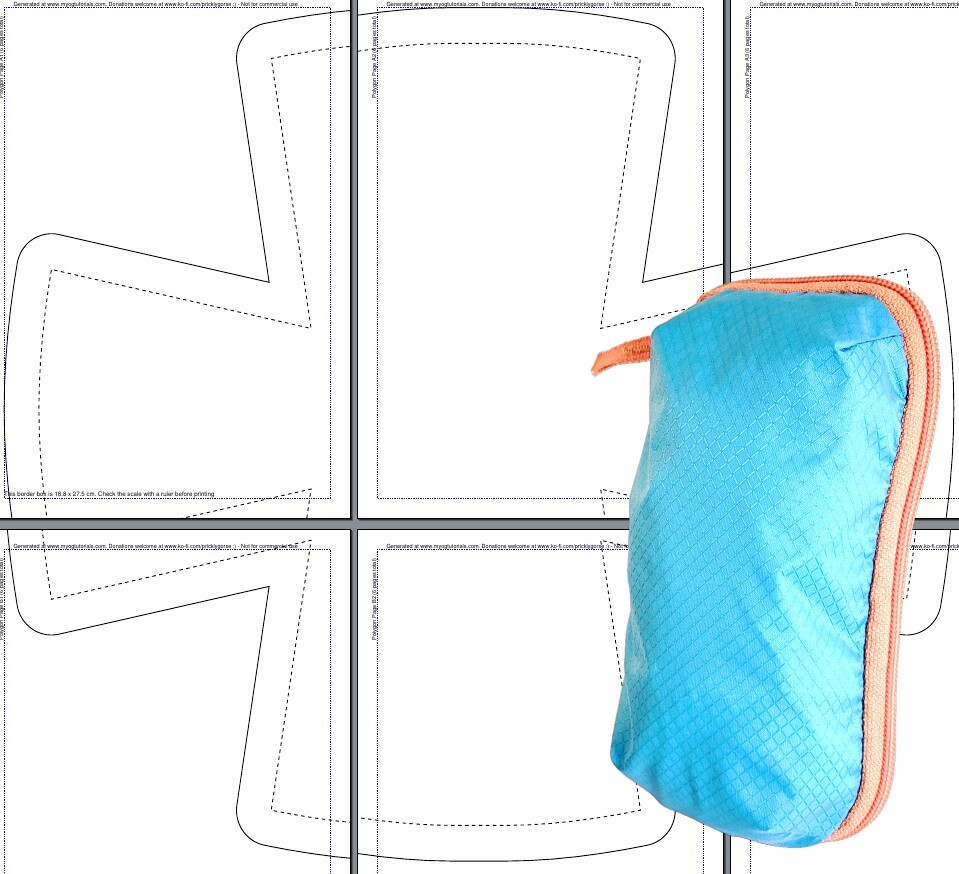Not sure where to buy fabrics from? Check out this worldwide list.
It’s important to not get too hung up on fabrics when starting out. The modern technical fabrics are always appealing, but aren’t always the best for every use case. A generic £8 420D nylon is the same weight as £30 ‘ultralight’ XPAC VX21, and is stronger (more abrasion and tear resistant) than the XPAC. However, XPAC is very crisp and nice to sew, and a bit more waterproof, which may meet your requirements!
Some general rules of thumb
- Higher denier (thread count) and heavier fabrics are typically stronger, depending on composition.
- In ascending strength order at the same denier for different fibres:
Polypropylene (avoid) < Polyester < Nylon < Nylon 6.6 < UHMWPE (off brand Dyneema). Cotton is typically not used any more for outdoor gear, apart from heritage brands such as Carradice, and novelty technical fabrics like Cotton XPAC. - Polyester is more UV resistant and colourfast, can be printed on.
- Most lightweight fabrics have a grid of thicker fibres to stop tears propagating, known as ripstop fabrics.
- Most outdoor fabrics have a DWR coating. This is what makes the water bead off. C6 is a forever chemical, but the most durable coating still used unfortunately. C0 is being phased in instead, however has far lower longevity. C6 or C0, DWR wears off quite quickly, and fabrics tend to wet out in the rain. Wetting out doesn’t mean the waterproofing is gone though because….
- Most fabrics true waterproofing is a coating on the wrong side. PU (polyurethene) is the most common, and lasts for ~5 to 10 years before flaking off. PVC is found on some cheap polyester fabrics, very unpleasant chemical, heavy, avoid where possible. Expensive technical fabrics such as XPAC laminate a super thin waterproof plastic film to the fabric instead. Silicone coating is often found on ultralight tent and dry bag fabrics.
- Waterproof coated fabrics tend to unravel and fray less than uncoated fabrics. Sealing the edges of uncoated fabrics (e.g. with a flame, or by binding) is important for long term longevity.
- Many ultralight products save more weight by removing features (some UL backpacks are stripped down to just boxes with straps), than the choice of current hype fabric. The cheapest way to save weight is to find ways to less material.
I’ve tried to group fabrics into use cases below, in rough weight order. I’ve provided an example link or two to a US and EU supplier for each fabric type. Some links might be referrals which are no cost to yourself, but help support the site.
Ultralight Sleeping Bags and Apparel Fabrics
Sleeping gear tends to use fabrics in the 7D to 20D range, roughly 1oz/40gsm. Uncalendered* Hyper D is often recommended in the US for making quilts. In the UK, Profabrics has Skylon. Searching www.reddit.com/r/myog for posts about quilts will yield lots of excellent information.
*Calendered fabrics are hot rolled to have less gaps in the weave, so tend to be more windproof, but less breathable
If making a synthetic quilt, Climashield Apex is the most commonly suggested insulation. It comes in different weights, and you can find Apex weight to temperature rating calculators online
Clothing fabrics come in a wide variety of types and use cases. I haven’t dabbled into clothing yet as it is such a broad area, but some fabrics to consider are the time tested fleece and microfleece, Alpha Direct (modern, ultra breathable, warm, lightweight fleece), and shell fabrics such as Profabric’s Skylon, RBTR’s uncalendered Hyper D, ~1oz nylon. If you want to make insulated clothing, Climashield Apex (US) or Thinsulate (UK) sheet insulation can be used in clothing items as well as quilts.
Tent, Tarp, Dry/Stuff Sacks and Bag Liner fabrics
Fabrics in the 20D to 70D range, roughly 1 to 2 oz/ 40 to 70gsm.
Affordable lightweight tents often use 20D silicone-coated nylon (silnylon) or more recently silicone-coated polyester (silpoly). Nylon stretches when wet, so more tent manufacturers are moving to silpoly for making tents and tarps that won’t need re-tensioning in the wet. Silnylon and silpoly have excellent price to weight to strength ratio.
DCF (Dyneema Composite Fabric) is the gold standard for ultralight high end tents. For traditional style tents, teepees, permanent tents, you’ve got cotton canvas or heavier polyester canvases
For bag liners, any lightweight ripstop is generally fine. 70D is available nearly everywhere, even local fabric shops. Use 210D if you want something a bit more durable. Any heavier than that is usually unnecessary for a lining fabric, as those fabrics are typically the body fabrics of a bag.
Wanting to make waterproof bags? See my article on seam sealing.
Backpack and Bike Bags
Fabrics in the 210D (light to ultralight) to 1000D (tactical, over engineered EDC luggage) range. Usually you’ll mix fabrics on a project, for example 210D for the sides, and 500D for the bottoms that touch the ground/your bike frame.
Body Fabrics
Listed in rough weight order
70D to 100D ripstop can be used if you are gentle with your gear and want to save the most weight. You will typically need to design around the limitations of fabrics this lightweight, such as having to reinforce areas, and avoiding bar tack stitches. Some manufacturers make the body of their backpacks out of 210D (see below), and the roll top out of 100D to save weight in areas where strength is not as important.
210D Ripstop, Robic, Gridstop, Ultragrid etc are some of the best value strength/weight/cost fabrics. Robic uses nylon 6.6 for improved strength over generic nylon. Gridstop and Ultragrid etc use UHWMPE fibres for the ripstop grid for superior tear prevention, but are more expensive.
XPAC VX21, Ecopak EPX/EPLX200 use 210D fabric for the face, a waterproof layer, a thick ripstop fibre and sometimes a inner liner fabric all laminated together. Very nice to sew, nice crisp feel, but a lot more expensive than the time tested 210D ripstops. Ecopak uses recycled polyester, which will hold colour better than nylon XPAC, but a little weaker.
Ecopak and XPAC are available in heavier and lighter weight variants. The number in the product name simply refers to the face fabric denier, so all the fabric notes below apply. With XPAC, if the name has a V there will be a polyester lightweight backing fabric. If there is an X there will be the X grid crossply.
Challenge Ultra 200 is a fully UHWMPE woven fabric with a film coating for waterproofing and structure. One of the strongest fabrics currently available for it’s weight, and comes in lighter and heavier weight variants. Extremely expensive, but the Ultra 400 variant seems strong enough to be literally dragged by a car on tarmac.
Some consideration is needed using construction as taping the seams is recommended for long term fabric stability.
420D Nylon. As mentioned at the top of the page. This often comes in at the same weight as the ultralight ultrapopular XPAC VX21 (~6oz, 200gsm), but is superior strength for a fraction of the cost. Sometimes can be found in a ripstop variant, but at this denier and higher, a ripstop weave isn’t really needed
XPAC and Ecopak also come in 420D and heavier weights e.g. XPAC VX42.
500D Nylon, Cordura. Usually comes in a rough air blown texture that gives a nice rough natural finish/lustre, and very high abrasion resistance. Usually much higher strength and abrasion resistance than 420D nylon for a relatively small weight increase (~250gsm). Starting to approach the weight where it generally is only used selectively for high abrasion risk areas, unless making overengineered EDC/tactical gear.
600D Polyester is a commonly used, very low cost, decent strength fabric for commercial bags. Can be sometimes be found even in your local fabric shops, it is that common. Although paradoxically, you will generally not find it at technical fabric stores. It’s ubiquity with cheap bags means there is a lot of quality variation, compared to buying nylon from a reputable supplier. Avoid the PVC coated variant if you can get PU coated. PVC is a horrible chemical, and using it as a coating makes a much heavier fabric than a PU coated one.
1000D nylon/polyester are very heavy, very strong. Found on tactical bags, overengineered EDC luggage, bushcrafting. Good for high abrasion areas, but generally I’d avoid for making a full bag unless something small where the weight difference is negligable (e.g. bike stem bag)
Cotton Canvas is great for a traditional look, and not too much else compared to modern fabrics. Often has a chemical or natural waxed finish for waterproofing. Waxed canvas ages beautifully. But overall its heavier and weaker than nylon and polyester fabrics.
Heavy PVC/Vinyl/Trucker Tarp is good for high abrasion areas, but is very heavy and difficult to sew many layers of if you are using a home sewing machine.
Hypalon/CSM is a synthetic rubberised fabric, excellent for high abrasion areas, but is heavy, very expensive, and difficult to sew many layers of if you are using a home sewing machine. Commonly seen on bikepacking bags.
Stretch Meshes
Lycra is available in almost every fabric shop, huge range of colours and prints (leopard print pockets anyone?), but not as durable.
Powernet is a decently durable alternative to lycra, that is still generally commonly available. Look for heavy powernet (>200gsm), not lightweight stuff. Often found on store bought backpacks and sometimes coat pockets
Dyneema™, Venom™, Challenge Ultra Stretch™ mesh are very durable meshes with a ripstop grid of UHMWPE fibres to give superior tear strength, but trade-off is they aren’t as stretchy, and extremely expensive.
Other Backpack Fabrics
Spacer mesh is the padded holey mesh found on shoulder straps and hip belts for ventilation. 3mm is a common thickness.
Closed Cell EVA Foam for shoulder straps and hip belts. Evazoate is generally regarded one of the best, but you can get some good quality foam from cosplay shops.
A few other quality foam suppliers: Extremtexil.de (EU) Outdoor Wilderness Fabrics (US) North Shore Watersports (US)
Webbing
Webbing is an essential component of many outdoor gear projects, often used to form ladders for attaching gear to bags, the bottom of shoulder straps, carry handles, cinch straps, all sorts. Webbing can be made from a variety of materials:
Firstly, avoid cotton or acrylic webbing for outdoor gear.
Polypropylene is what you’ll usually get when you buy cheap webbing from eBay or local craft shops (even if the seller calls it nylon). It’s very low priced, good range of colours, lightweight, floats on water, but usually has a coarse weave that looks and feels ‘cheap’, unravels easily at raw edges, and fades quickly under UV light. It technically has a lower breaking strength than other webbing compositions, but for outdoor bags, you wont be able to break it.
Nylon webbing is found on most higher priced gear, and can be found from reputable outdoor fabric suppliers, or military stores as milspec webbing. Typically a finer weave, it’s a little heavier but much stronger than polypropylene. Has a nice soft feel and good grip on buckles. It can absorb water and becomes stretchier when wet, which isn’t ideal for example on hammocks, but for bags and such, it is my favourite.
Polyester webbing is stronger than nylon, highly UV resistant and doesn’t absorb water. Good for load bearing situations but isn’t typically seen on outdoor gear and luggage.
Dyneema webbing is crazy strong, expensive, durable. Mostly for rock climbing trad protection.
Grosgrain, although typically just used for binding and pull tabs, is a type of webbing. It is strong for it’s weight and thickness compared to plain fabric strips of similar size, but shouldn’t be used for high stress situations (although quality grosgrain is used on some ultralight tents guy out points). Good for elastic cord loops on bags.

